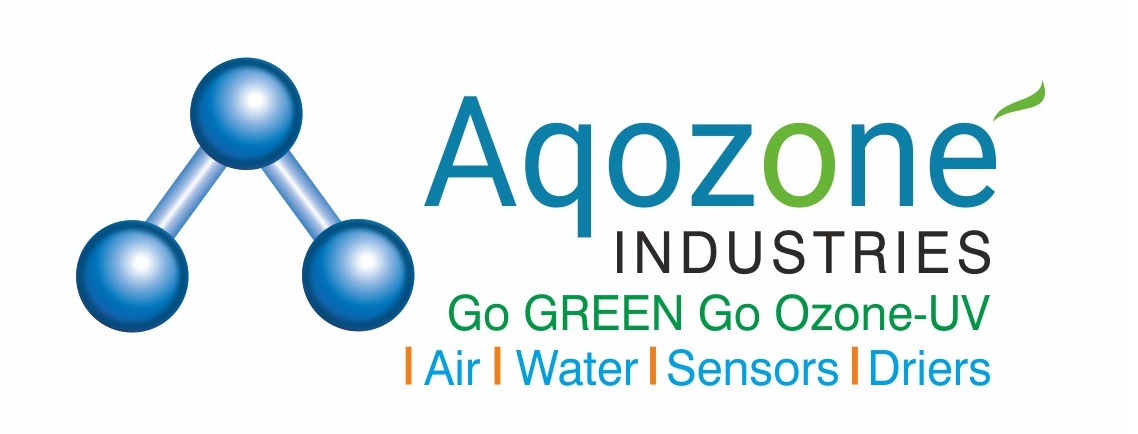DeBru IOT-RO Plants
Reverse Osmosis Plants/RO Plants
Reverse osmosis is the process of forcing a solvent from a region of high solute
concentration through a membrane to a region of low solute concentration by applying a
pressure in excess of the osmotic pressure. This is the reverse of the normal osmosis
process, which is the natural movement of solvent from an area of low solute
concentration, through a membrane, to an area of high solute concentration when no
external pressure is applied. The membrane here is semipermeable, meaning it allows the
passage of solvent but not of solute.
To illustrate, imagine a semi permeable membrane with fresh water on one side and a
concentrated aqueous solution on the other side. If normal osmosis takes place, the fresh
water will cross the membrane to dilute the concentrated solution. In reverse osmosis,
pressure is exerted on the side with the concentrated solution to force the water
molecules across the membrane to the fresh water side.
The membranes used for reverse osmosis systems have a dense polymer barrier layer in
which separation takes place. Since Reverse Osmosis does not occur naturally, it must be
created by applying pressure to the high solids water in order to force it through the
membrane, with pressures from 8 - 14 bar for fresh and brackish water, and 40 - 70 bar
for seawater, which has around 24 bar (350 psi) natural osmotic pressure which must be
overcome.

